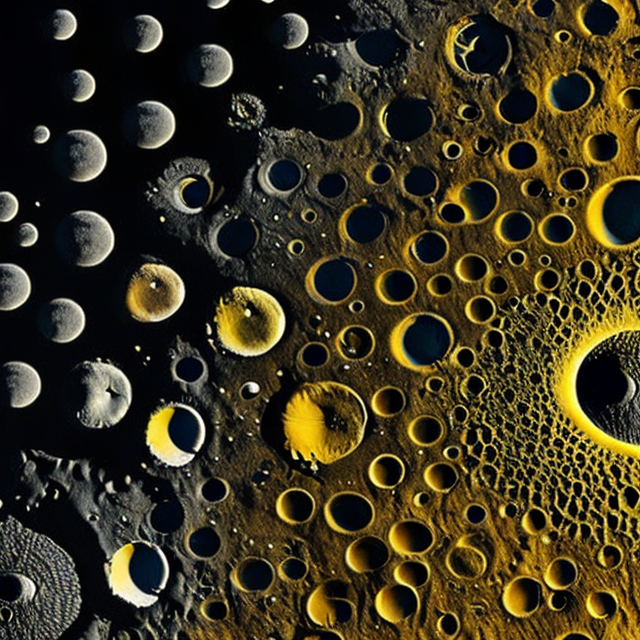|
|
Space Astro
|
Info for exoplanet "Gwaywei-q"
| Scientific (actual) data |
|---|
| Name | Kepler-334 d |
| Planet status | Confirmed |
| Radius | 0.126 |
| Orbital period | 25.0985 |
| Semi major axis | 0.168 |
| Discovered | 2014 |
| Updated | 2021-02-05 |
| Tconj | 2454980 |
| Impact parameter | 0.07 |
| Publication | Announced on a website |
| Detection type | Primary Transit |
| Alternate names | 2MASS J19083376+4706547 d, K01909.03, KIC 10130039 d, KOI-1909 d, KOI-1909.03, WISE J190833.75+470654.4 d |
| Star name | Kepler-334 |
| Right ascension | 287.14° |
| Declination | 47.12° |
| Mag j | 11.71 |
| Mag h | 11.448 |
| Mag k | 11.409 |
| Star distance | 431.86 |
| Star metallicity | -0.074 |
| Star mass | 1 |
| Star radius | 1.07 |
| Star temperature | 5828 |
| Star alternate names | 2MASS J19083376+4706547, KIC 10130039, KOI-1909, WISE J190833.75+470654.4 |
| Wikipedia article | Kepler-334 d |
Back
| |
| Fictional info (?) |
|---|
| Suggested name | Gwaywei-q |
| Planet type | Planet |
| The carbon dioxide has probably photodissociated, and the free methane has been swept into interplanetary space by the solar wind because of the lack of a planetary magnetic field.
A prominent result is the "great green spot", a giant storm that is known to have existed for centuries since it was first observed by radar.
The unfriendly lakes are often inhabitated by hostile medieval insects, the "Wuwying", which survive only by consuming something called Temye-t. Most Wuwying are not related to the Wuqao-pwang, have 4 arms and vary in size from 26 to 56 meters. The Wuwying can withstand temperatures from 70 to 150°C and sometimes extreme gravity. |
| Estimated population | 10000000000 |
| Atmosphere | Methane | 95% |
| Oxygen | 4% |
| Carbon dioxide | 0.54% |
| Water | 0.02% |
| Atmospheric pressure | 0.0022 bar |
 |
| Moon | Byanpans | Large irregular rocky moon |
| Ousya | Medium-sized irregular gaseous moon |
| Ashanye Regyong | Very small irregular rocky asteroid |
| Yuanl-anbwang | Medium-sized round oceanic moon |
| Hyongzh | Very small irregular gaseous planetoid |
| Chweibao Ch | Small slightly egg-shaped ice asteroid |
| Wannwang | Very small round rocky asteroid |
| Dwash Wuryanc | Huge potato shaped crater-filled asteroid |
| Angl Yang-fyong | Large round oceanic moon |
| Wang'ywangz | Medium-sized irregular rocky moon |
| Gyunyan-d | Large irregular rocky asteroid |
| Google search for Gwaywei-q |
|
Website by Joachim Michaelis
|
|
|
|